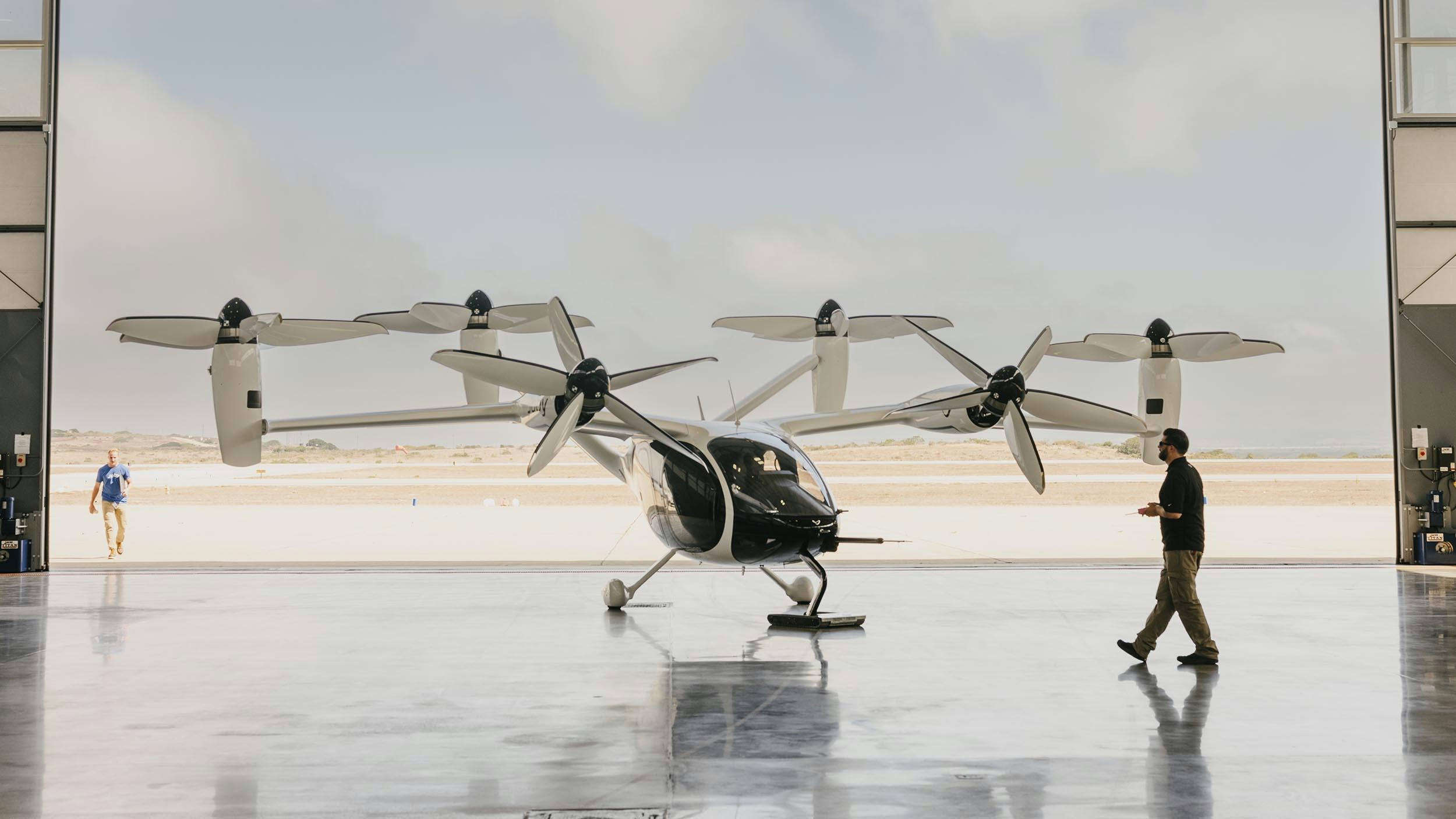
AeroGenie – Ihr intelligenter Copilot.
Trends
Categories
European Startup Claims Narrow-Body Electric Aircraft Is Feasible
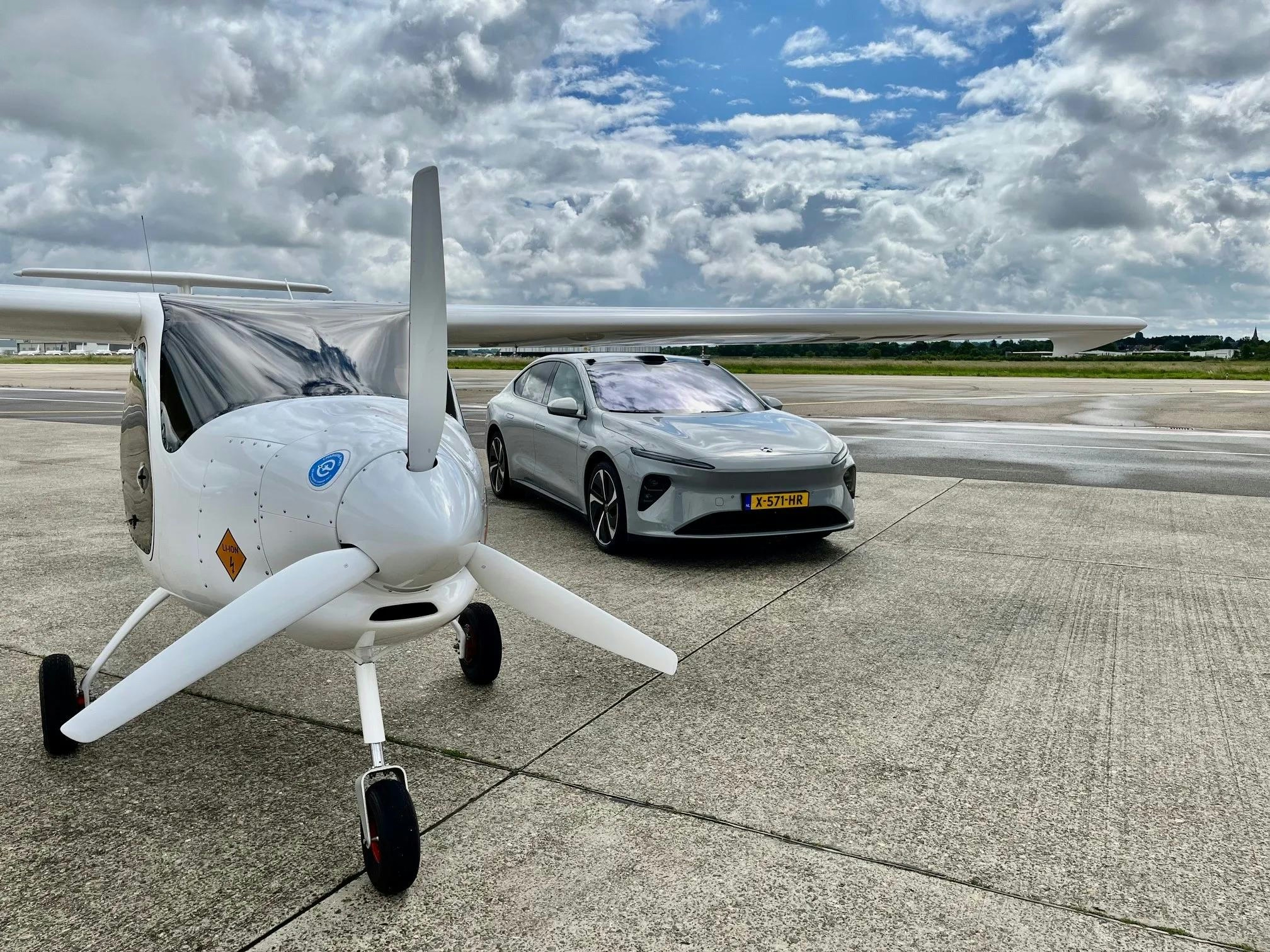
European Startup Elysian Advances Narrow-Body Electric Aircraft Concept
In the evolving landscape of sustainable aviation, Dutch startup Elysian Aircraft is challenging prevailing industry norms with its ambitious vision for a narrow-body electric aircraft. Based near Amsterdam’s Schiphol Airport, Elysian has unveiled the E9X concept, a single-aisle electric plane designed to carry 90 passengers up to 500 miles on a single charge. This proposal marks a significant departure from the smaller, low-capacity electric aircraft that have dominated the sector to date.
Ambitions and Industry Context
If successfully developed, the E9X would represent one of the largest all-electric passenger aircraft concepts, offering roughly half the seating capacity of widely used models such as the Boeing 737-800 or Airbus A320. Elysian aims to have the aircraft enter service in the early 2030s, targeting short-haul routes with the goal of providing low- or zero-emission flights. This approach contrasts sharply with many competitors, who have focused on smaller aircraft. For instance, U.S.-U.K. startup ZeroAvia is nearing commercial deployment of a 19-seat electric plane, while Germany’s Vaeridion is developing a nine-seat microliner. Meanwhile, several ventures in the electric aviation space have encountered setbacks: Italy’s Tecnam paused its electric aircraft project in 2023, Germany’s Volocopter narrowly avoided insolvency, and air-taxi startup Lilium filed for bankruptcy for the second time this year.
Elysian’s leadership acknowledges the skepticism surrounding the feasibility of scaling electric aircraft to this size. Rob Wolleswinkel, co-CEO and chief technology officer, emphasized the necessity of pursuing higher-capacity designs to achieve meaningful environmental impact. In a joint interview with co-CEO Daniel Rosen Jacobson and chief engineer Reynard de Vries, the team credited earlier, smaller-scale projects with raising awareness of electric aviation but stressed that scaling up is essential for substantive change.
Development Progress and Challenges Ahead
The E9X concept has been under development since 2020, with Elysian conducting extensive research and engineering analyses. The design underwent independent evaluation by experts at Delft University of Technology, who described the concept as “very promising,” according to Wolleswinkel. This endorsement helped secure investment from Panta Holdings, enabling further development efforts.
Despite the optimism, significant challenges remain. Battery technology continues to impose constraints on range and payload due to limitations in energy density and weight. Additionally, the regulatory approval process for novel aircraft types is complex and protracted, posing further obstacles. The competitive landscape may also intensify as established aerospace companies accelerate their own electric aircraft initiatives in response to Elysian’s progress. Market reception is expected to be mixed; while traditional aviation stakeholders may remain cautious, environmentally conscious travelers and airlines could demonstrate strong interest in the concept.
Competitors may respond by pursuing collaborations or intensifying innovation efforts, as the emergence of a viable, higher-capacity electric aircraft has the potential to reshape the industry’s approach to sustainable flight.
Elysian’s ability to navigate the intertwined challenges of design, technology, and regulation will be critical in determining whether the E9X can transition from concept to commercial reality, and whether electric aviation can scale to meet the demands of modern air travel.
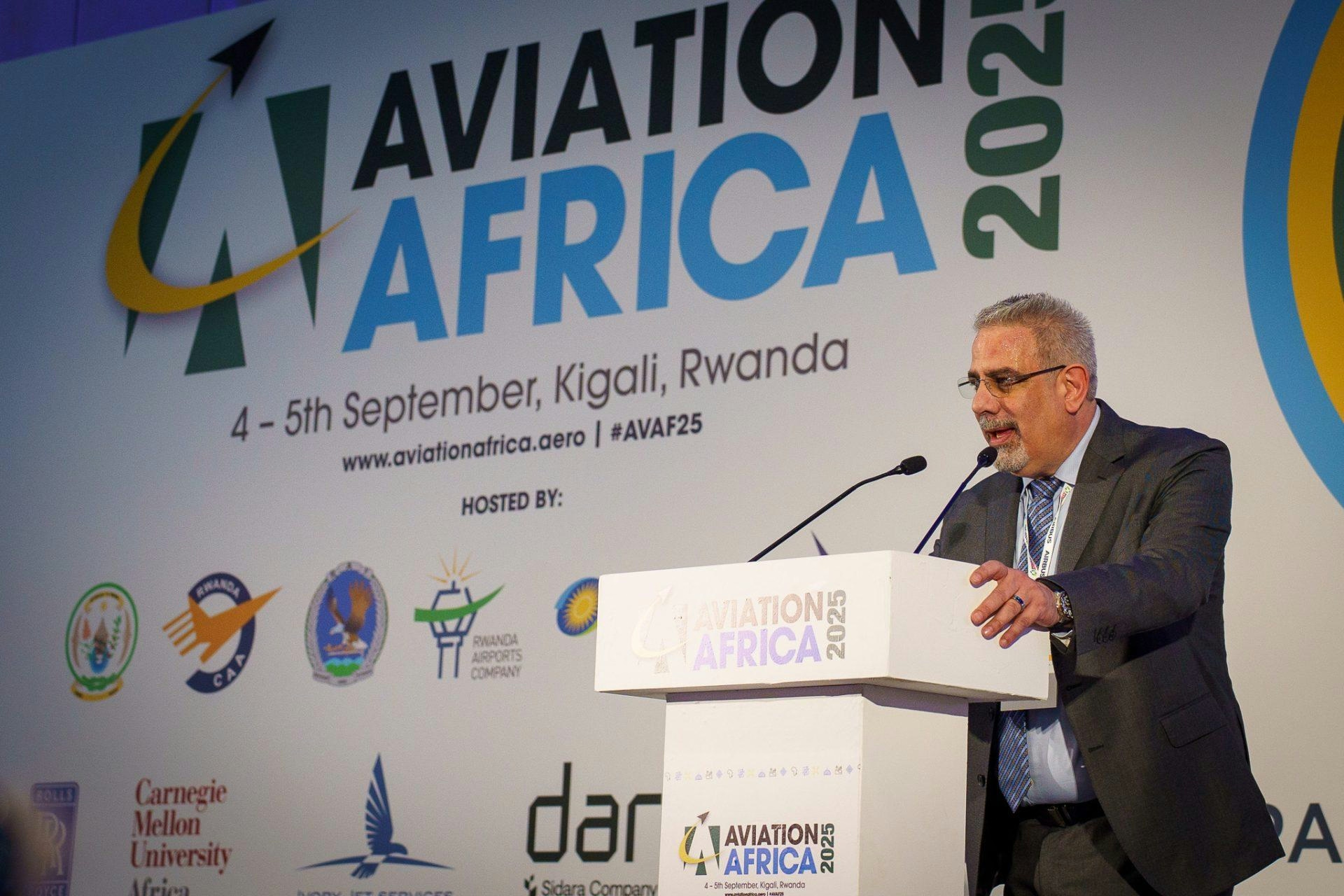
IATA Identifies Africa as the Most Expensive Region for Airline Operations
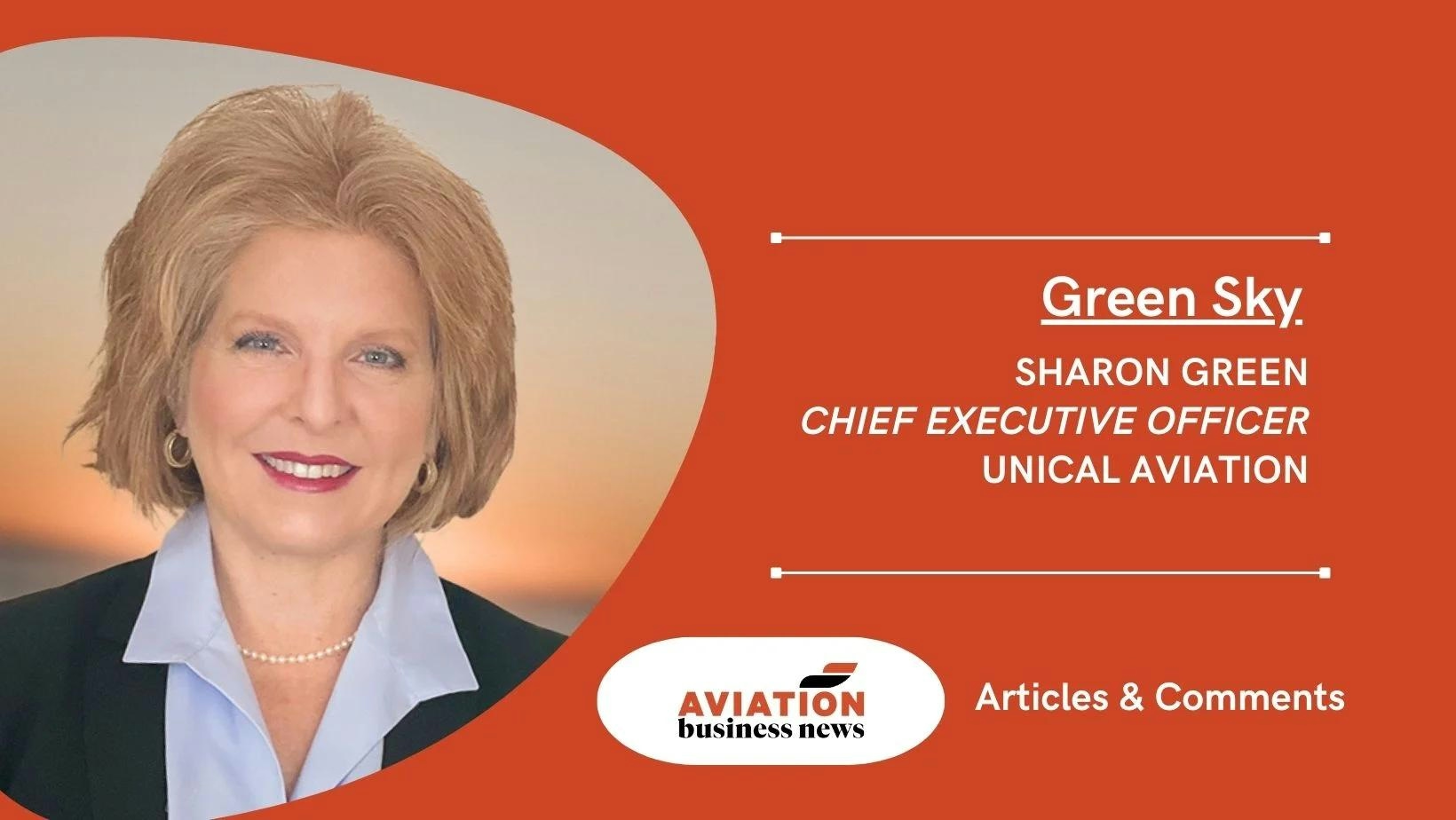
From Acquisition to Growth
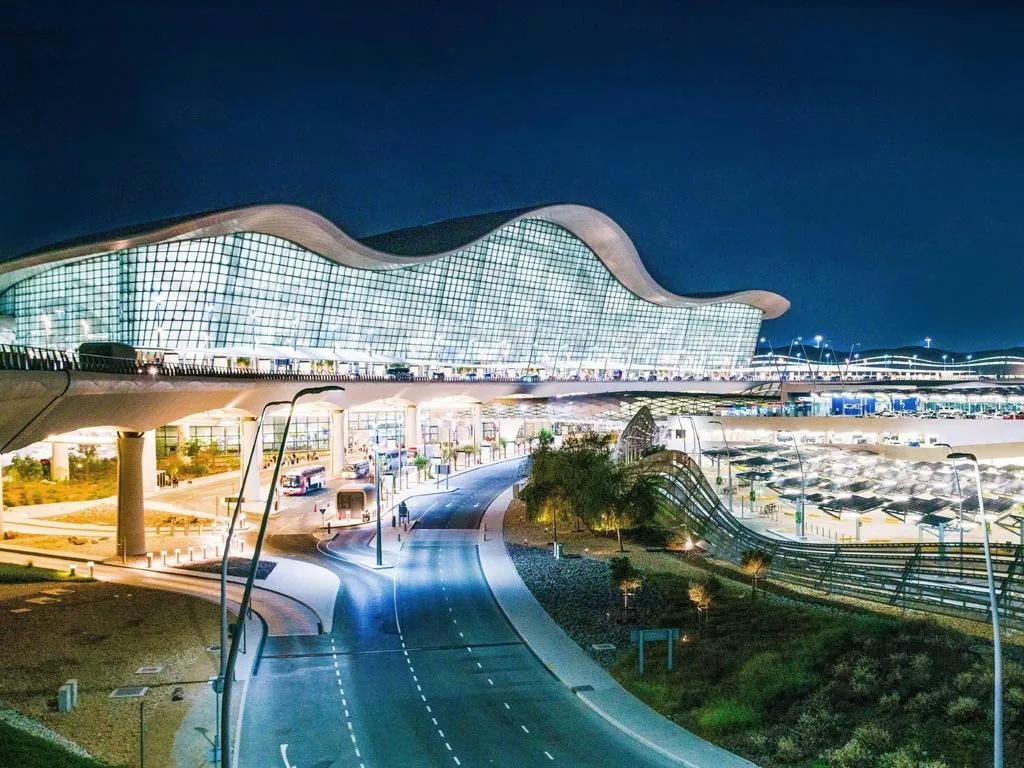
UAE Airports Adopt AI to Manage Rising Passenger Traffic

Spain’s Leading Airlines and Hotels Use Google Flights AI to Enhance Holiday Offers
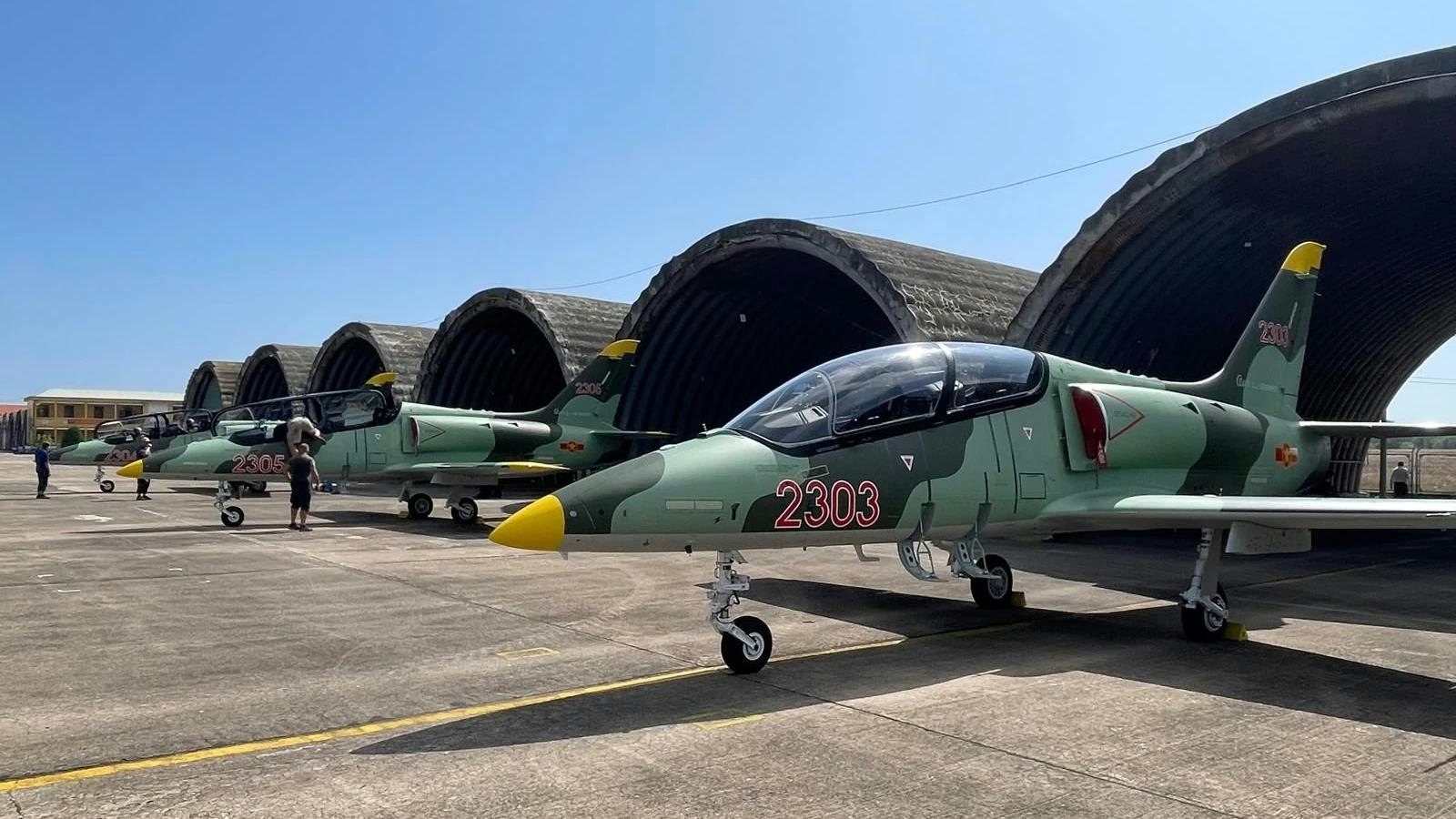
Vietnam Grounds 28 Aircraft Amid Global Engine Shortage
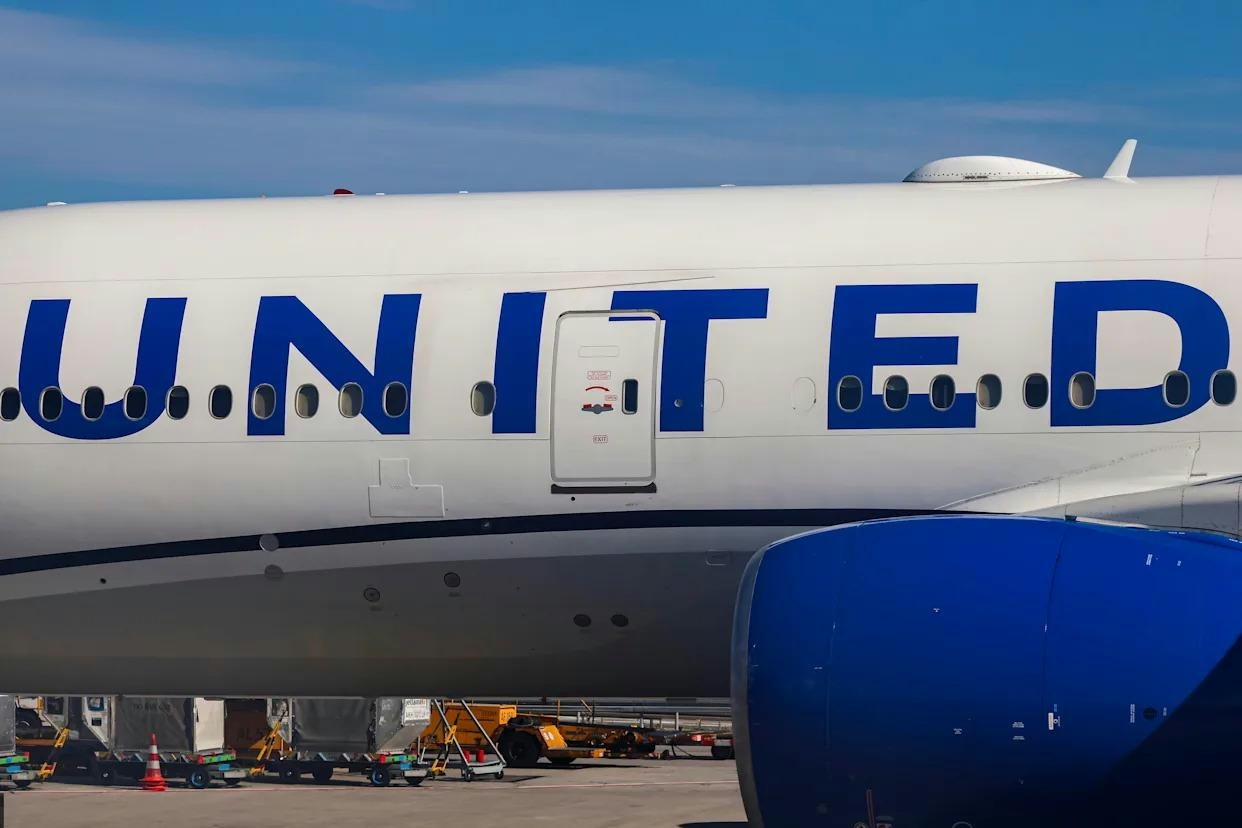
United Airlines Flight Returns to Dulles After Engine Failure on Takeoff
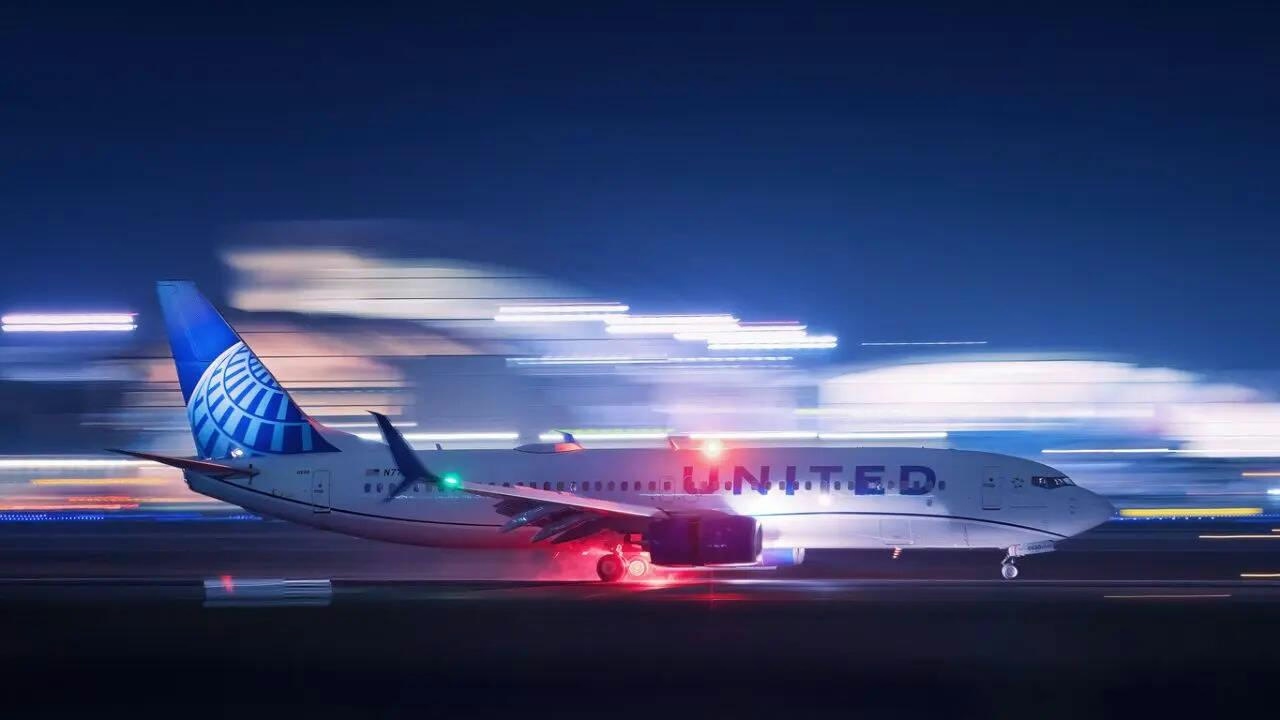
United Airlines flight makes emergency landing at Dulles after engine failure
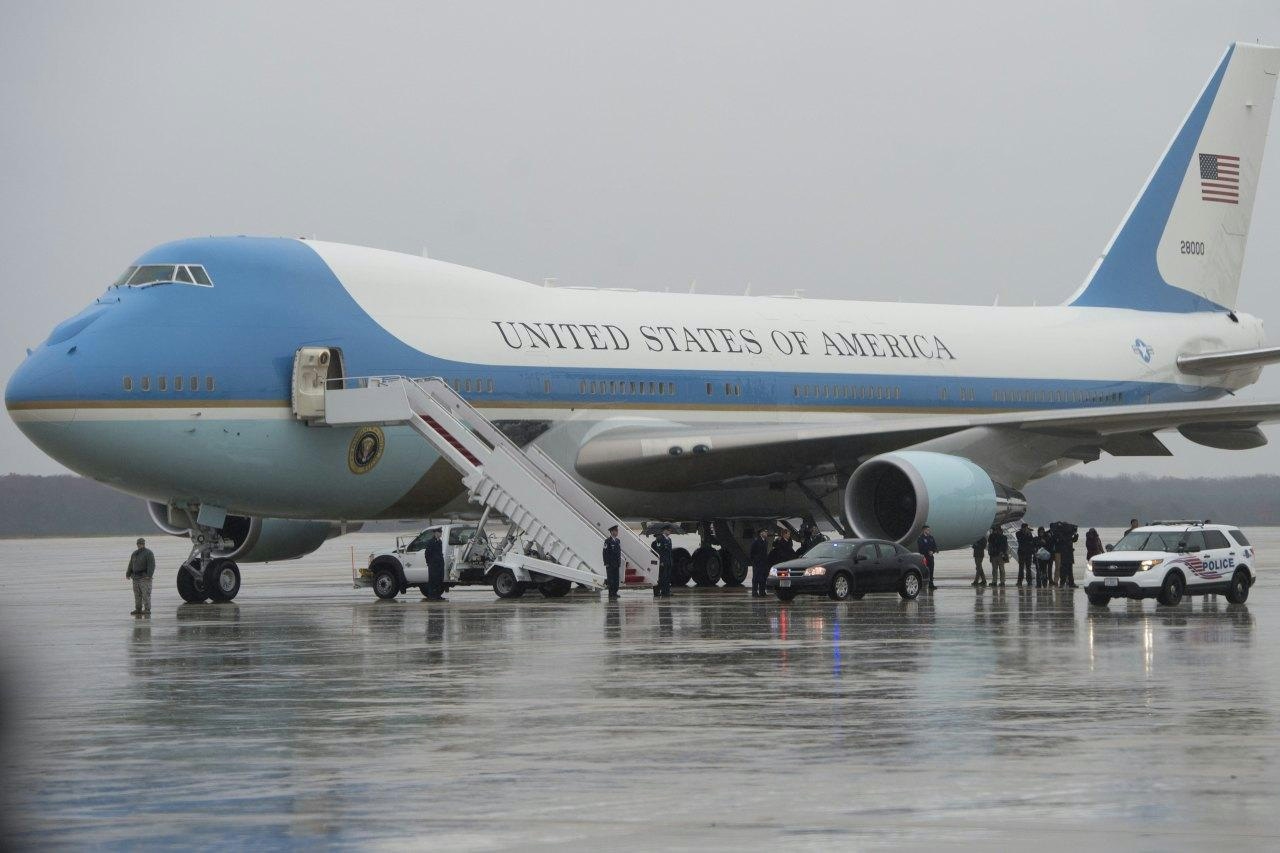
The Impact of the New Air Force One’s Delayed 2028 Arrival on Aviation and Travel
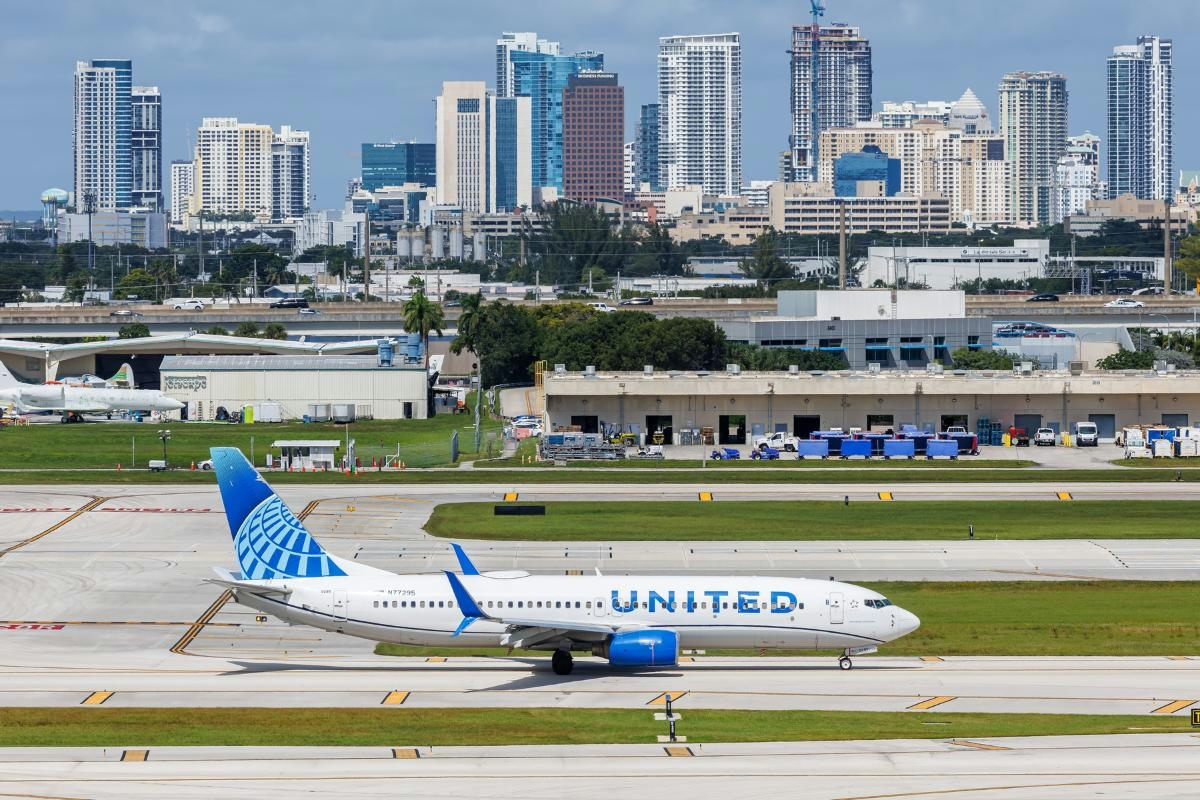
United Airlines Restarts Controversial AI Scheduling for Flight Attendants
